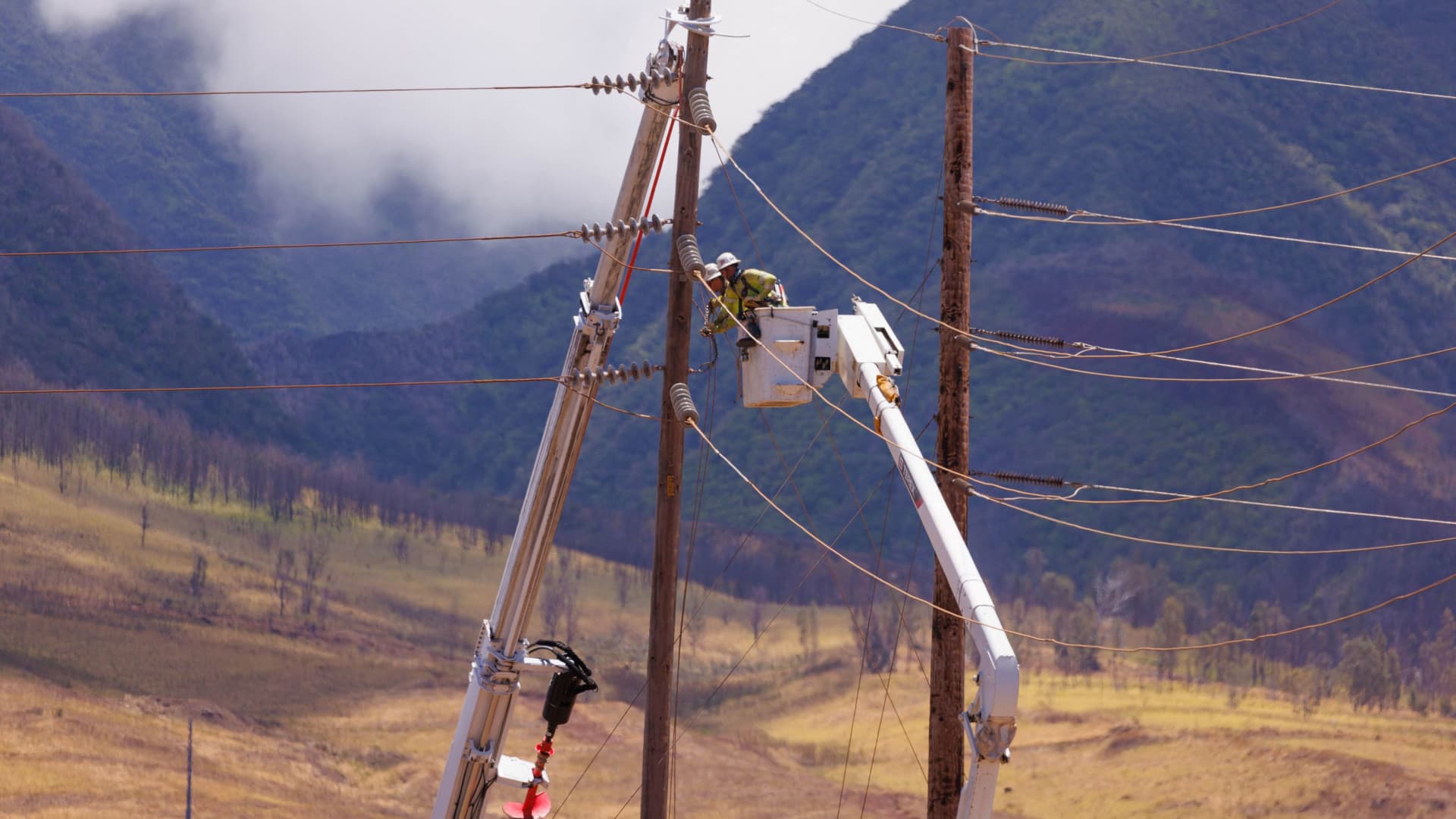Electrical workers are being held accountable for their failure to prepare for extreme weather conditions, resulting in devastating wildfires and tremendous loss of lives and property damage. The latest lawsuit comes from Maui County, alleging that Hawaiian Electric’s negligence contributed to the wildfires that destroyed the town of Lahaina and caused more than 100 fatalities. This marks the 12th lawsuit against Hawaiian Electric, all of which claim that the company’s power lines played a role in the deadliest U.S. wildfire in over a century. The utility is accused of disregarding “red flag” warnings from the National Weather Service and failing to de-energize power lines in the face of high winds and drought conditions. The impact of these lawsuits on the company’s financial stability is a cause for concern, as seen in the bankruptcy filing of Pacific Gas & Electric in 2019 due to billions of dollars in wildfire liability. The allegations against Hawaiian Electric mirror previous lawsuits against other electric companies, highlighting a failure to prioritize safety measures and adapt to the changing climate. The risk posed by aboveground power lines is well-documented, with over 32,000 wildfires ignited by transmission and distribution lines in the U.S. from 1992 to 2020. The culture of these companies has traditionally prioritized cost savings over infrastructure upgrades, leading to catastrophic consequences. The recent wildfires in Maui have resulted in significant loss of life, economic damage, and downgraded credit ratings for Hawaiian Electric. However, the investigations into the cause of the wildfires are ongoing. Similar incidents have occurred in Colorado, Oregon, and California, where power lines owned by utilities were implicated in devastating fires. The negligence of these companies in maintaining aging infrastructure that exceeds its intended lifespan is a systemic problem faced by the industry. The American Society of Civil Engineers highlights that most transmission and distribution lines in the U.S. are operating well beyond their intended lifespan. Combined with the increasing frequency of climate change-related disasters, this poses a major challenge. One potential solution is to install electrical infrastructure underground, which would reduce the risk of sparks and fires. However, this comes at a tremendous cost, making it a less viable option for widespread implementation. The United States is currently facing an investment shortfall in upgrading its electrical infrastructure to mitigate these risks.
Denial of responsibility! VigourTimes is an automatic aggregator of Global media. In each content, the hyperlink to the primary source is specified. All trademarks belong to their rightful owners, and all materials to their authors. For any complaint, please reach us at – [email protected]. We will take necessary action within 24 hours.


